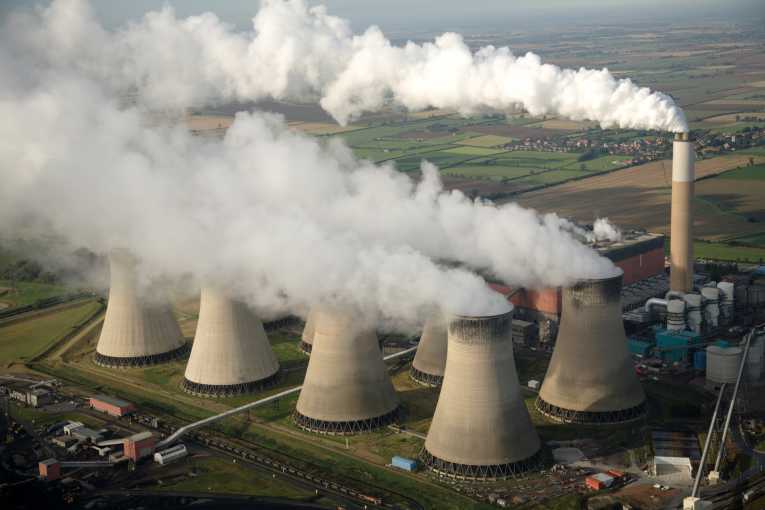Coal-fired power generation has never had a squeaky clean image, but with all the focus on CO2 emissions over the last decade, you may have thought that the fight against more directly noxious fumes was long won. You'd be wrong.
More than 20 years since the EPA was first mandated to tackle hazardous emissions from coal power-plants, it is only now that real action is in sight. In a report released yesterday, the The American Lung Association pressed the EPA to finally close a two-decade 'toxic loophole' that has allowed older plants to continue polluting.
In its report, entitled Toxic Air: The Case for Cleaning Up Coal-fired Power Plants the ALA presents research into the full scale of coal-fired plant pollution, one that is dangerous to public health. The range of hazards varies from plant to plant, depending on the coal being burnt, and the technology being used. But it includes substances such as acid gases, benzene, dioxins, lead, arsenic, mercury, and even radioactive uranium and radium.
A total of 84 dangerous chemicals were identified, with known harmful effects on human health; airborne pollutants that worsen asthma, bronchitis and other lung diseases; metal residues in the soil that can cause damage to the nervous system, lungs and kidneys; and many organic compounds that are known causes of cancer.
The situation is made more worrying by the 'cocktail effect' - although these substances have documented health effects in isolation, in the real-world, people are exposed to a slew of different chemicals. The consequences of such a combined chemical cocktail are difficult to tease out.
The solution has been at hand for 20 years, though, in the Clean Air Act of 1990. Congress added requirements to that law for the Environmental Protection Agency (EPA) to clean out these toxins from smokestack fumes. But a rear-guard action by vested interests has kept these measures from being properly enacted, on all coal power-plants.
That now has to change, due to court-mandated deadline to implement the ''maximum achievable control technology'' on existing and new power plants. The EPA has until 16 March to outline new proposals to implement the controls. And the good news is that not only is the technology already there to screen out toxins, the measures are supported by many in the power utility industry
An open letter by a number of the heads of major US utility companies, to the Wall Street Journal, dismisses concerns that jobs will be lost. They see jobs being created, in a win-win-win for the environment, public health, and efficient power generating technologies. The real question is why it has taken two decades for such an obvious consensus to produce meaningful results.










